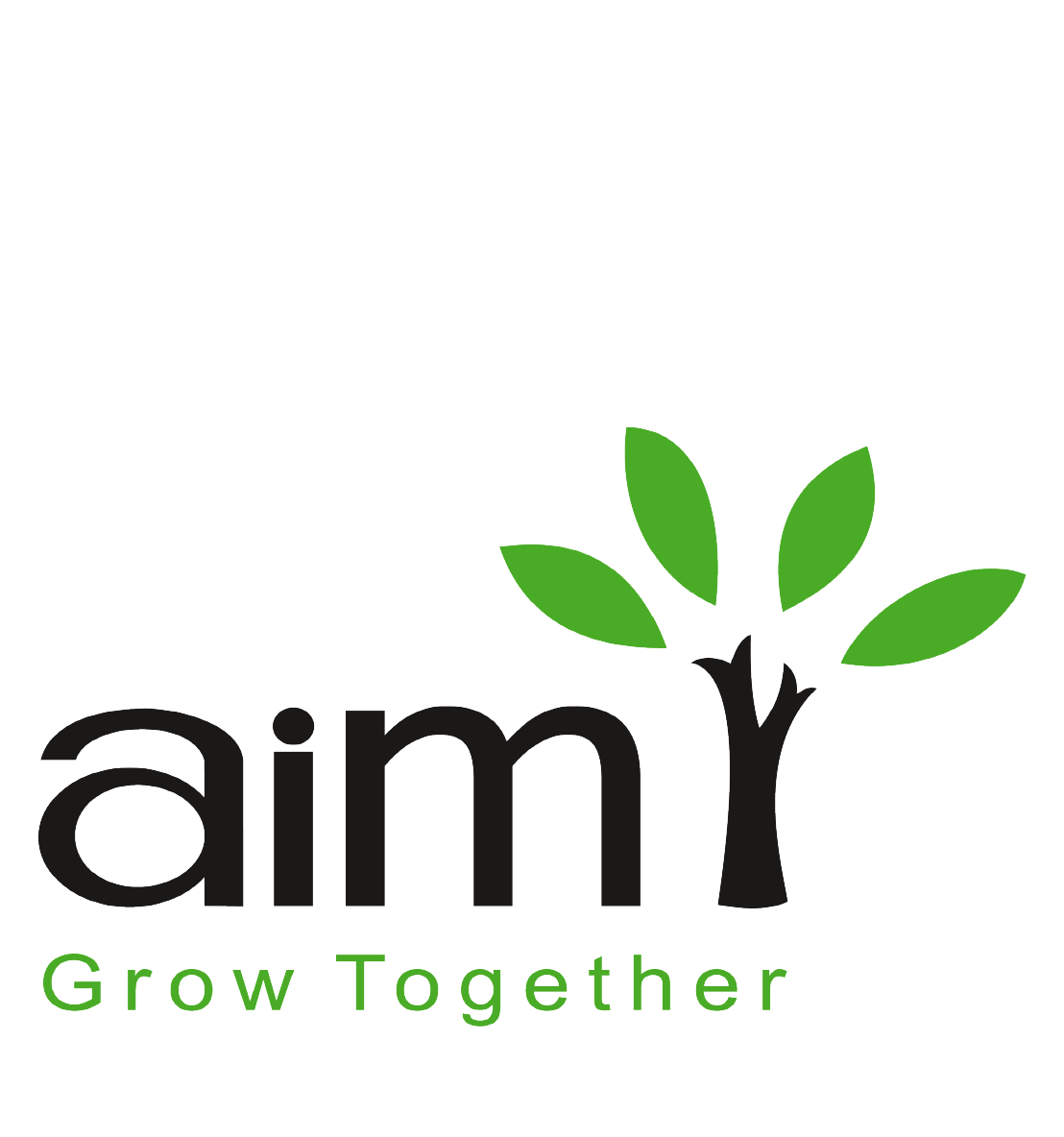Power BI Desktop
Power BI Desktop is a free application you can install on your local computer that lets you connect to, transform, and visualize your data. With Power BI Desktop, you can connect to multiple different sources of data, and combine them (often called modeling) into a data model that lets you build visuals, and collections of visuals you can share as reports, with other people inside your organization.
Objectives
- Set and accomplish goals and how to prioritize tasks
- Identify and deal with the time wasters
- Tackle with habit of procrastination
- Deal with self-distraction and interruptions
- Delegate appropriate tasks to others
- Conduct effective meetings
- Create a work-life balance
- Connect to data
- Transform and clean that data, to create a data model
- Create visuals, such as charts or graphs, that provide visual representations of the data
- Create reports that are collections of visuals, on one or more report pages
- Share reports with others using the Power BI service
Who Should Attend
- Excel users & analysts that focus on extracting, re-organizing, and analyzing data
- Anyone involved in creating visualizations & data modeling
- Anyone interested in saving huge amounts of time in automating the work involved in creating recurring reports and dashboards
Uses for Power BI Desktop
- Connect to data
- Transform and clean that data, to create a data model
- Create visuals, such as charts or graphs, that provide visual representations of the data
- Create reports that are collections of visuals, on one or more report pages
- Share reports with others using the Power BI service
Getting Data
- Overview of Power BI Desktop
- Getting started with Power BI Desktop
- Connect to data sources in Power BI Desktop
- Clean and transform your data with the Query Editor
- More advanced data sources and transformation
- Cleaning irregularly formatted data
Visualizations
- Introduction to visuals in Power Bl
- Create and customize simple visualizations
- Combination charts, Slicers
- Map visualizations
- Matrixes and tables, Scatter charts
- Waterfall and funnel charts
- Gauges and single-number cards
- Modify colors in charts and visuals
- Shapes, text boxes, and images
- Page layout and formatting
- Group interactions among visualizations
- Duplicate a report page
- Show categories with no data
- Summarization and category options
- Visual hierarchies and drill-down
- Reintegration in Power BI Desktop
Power BI & Excel
- Introduction to using Excel data in Power Bl
- Upload Excel data to Power BI|
- Import Power View and Power Pivot to Power Bl
- Connect OneDrive for Business to Power BI
- Excel in Power BI – summary
Modeling
- Introduction to modeling your data
- How to manage your data relationships
- Create calculated columns
- Optimizing data models
- Create calculated measures
- Create calculated tables
- Explore your time-based data
Exploring Data
- Introduction to the Power BI service
- Quick insights into Power BI
- Create and configure a dashboard
- Ask questions about your data with natural language
- Create custom Q&A suggestions
- Share dashboards with your organization
- Display visuals and tiles full-screen
- Edit tile details and add widgets
- Get more space on your dashboard
- Install and configure a personal gateway
Publishing & Sharing
- Publish Power BI Desktop reports
- Print and export dashboards and reports
- Manually republish and refresh your data
- Introducing Power Bl Mobile
- Create groups in Power BI
- Build content packs
- Use content packs
- Update content packs
- Integrate OneDrive for Business with Power Bl
- Publish to web
- Completion of Power BI Guided Learning

